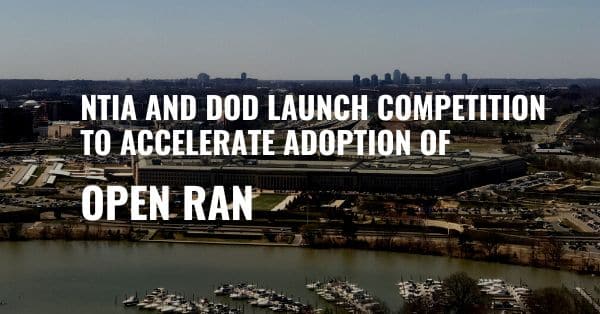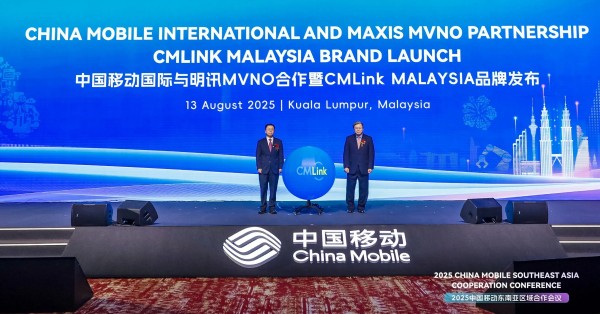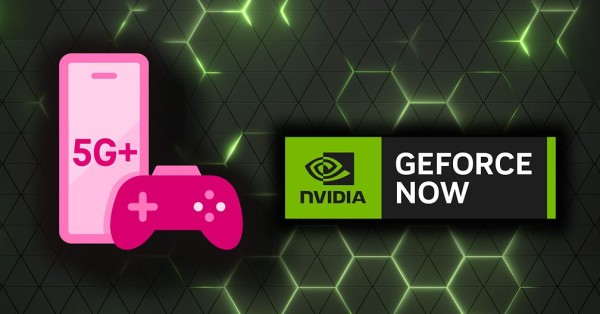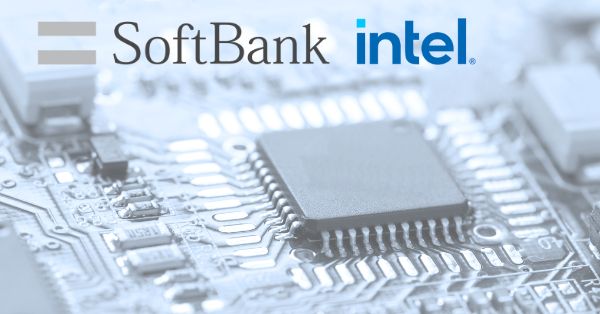WASHINGTON – Today, the National Telecommunications and Information Administration (NTIA) announced the launch of the 2023 5G Challenge in collaboration with the Department of Defense (DoD).
The 2023 5G Challenge is a $7 million prize competition conducted by NTIA’s Institute for Telecommunication Sciences. The competition aims to accelerate the adoption and development of an open, interoperable, secure, multi-vendor 5G ecosystem. Such an ecosystem will spur a more competitive and diverse telecommunications supply chain, drive down costs for consumers and network operators, and bolster U.S. leadership in the wireless sector.
“A competitive wireless ecosystem is vital for our domestic and economic security. The research conducted from this competition will benefit everything from our cellphones to the secure radio networks needed for our national defense,” said Alan Davidson, Assistant Secretary of Commerce for Communications and Information. “To ensure the U.S. remains a global leader in wireless innovation, we are looking for a diverse set of companies and researchers from across the 5G industry to come together and participate in coming together and participating in this challenge competition.”
5G Contestant Information
The challenge is part of NTIA’s support of the Department of Defense’s 5G to NextG Initiative. Contestants will create 5G equipment prototypes and then test to see if their subsystems can connect to other contestants’ equipment. Currently, this type of plug-and-play operation does not exist in the marketplace.
- Applications opened today and must be submitted via email to 5gchallenge@ntia.gov by 7:00 p.m. ET on March 1, 2023.
- The largest prize of $3,000,000 will go to the top-performing contestants that work together to demonstrate network mobility.
- Interested applicants are encouraged to attend an Informational Webinar on February 9, 2023. 5G Challenge organizers will be presenting a program overview and answering questions.

































